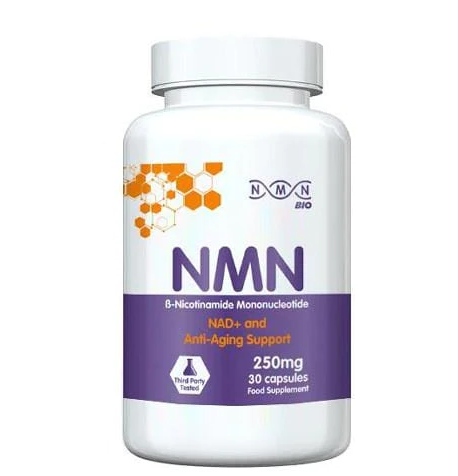Hernias: Types, Symptoms, and Treatment
Asenqua Tech is reader-supported. When you buy through links on our site, we may earn an affiliate commission.
A hernia occurs when an organ or tissue protrudes through an opening or weak spot in the surrounding muscle or connective tissue. Hernias can develop in various areas of the body, each with its own set of symptoms and treatment options. Here’s an overview of hernias, including types, symptoms, and treatment:
1. Types of Hernias:
Inguinal Hernia:
Located in the groin area, inguinal hernias are more common in men. They occur when part of the intestine or abdominal tissue protrudes through the inguinal canal.
Hiatal Hernia:
This type of hernia occurs when a portion of the stomach protrudes through the diaphragm into the chest cavity. Hiatal hernias are often associated with gastroesophageal reflux disease (GERD).
Umbilical Hernia:
Common in newborns, umbilical hernias occur when part of the intestine protrudes through the abdominal wall near the belly button. In many cases, they resolve on their own.
Incisional Hernia:
Develops at the site of a previous abdominal surgery, where the muscles may be weakened. Tissue or organs can protrude through the incision scar.
Femoral Hernia:
Similar to inguinal hernias, femoral hernias occur lower in the groin and are more common in women. They can lead to a bulge in the upper thigh.
2. Symptoms of Hernias:
- Visible Bulge: A noticeable lump or bulge, particularly during activities like coughing or straining.
- Pain or Discomfort: Discomfort or pain at the site of the bulge, especially when lifting or bending over.
- Feeling of Heaviness: A sensation of heaviness in the affected area.
- Heartburn or Chest Pain: Associated with hiatal hernias, symptoms may include heartburn or chest pain. Consider visiting a Gastroenterologist in Lahore for accurate diagnosis.
3. Treatment Options:
Watchful Waiting:
Small, asymptomatic hernias may be monitored without immediate intervention, especially if they do not cause discomfort.
Lifestyle Modifications:
Dietary changes and weight management can be crucial for managing hiatal hernias and associated GERD symptoms.
Hernia Belt or Truss:
A supportive device that may be recommended for certain types of hernias to provide temporary relief, but it does not cure the hernia.
Surgery:
Surgical repair is often the definitive treatment for hernias. It involves pushing the protruding tissue back into place and strengthening the weakened area with sutures or a synthetic mesh.
4. Laparoscopic vs. Open Surgery:
Laparoscopic Surgery:
Minimally invasive procedure involving small incisions and the use of a camera and specialized instruments for repair. Recovery time is generally quicker compared to open surgery.
Open Surgery:
Involves a larger incision at the site of the hernia for repair. It may be necessary for complex or larger hernias.
5. Recovery and Postoperative Care:
Recovery Time:
Recovery varies based on the type of surgery and the individual. Most people can resume normal activities within a few weeks.
Postoperative Care:
Following the surgeon’s instructions for activity restrictions, wound care, and any prescribed medications.
Hernias should be evaluated and treated by healthcare professionals, as complications can arise if left untreated. Early diagnosis and appropriate intervention can lead to successful outcomes and a reduced risk of complications. Individuals experiencing symptoms or suspecting a hernia should seek prompt medical attention from a healthcare provider such as the Best Gastroenterologist in Karachi for proper evaluation and guidance.







